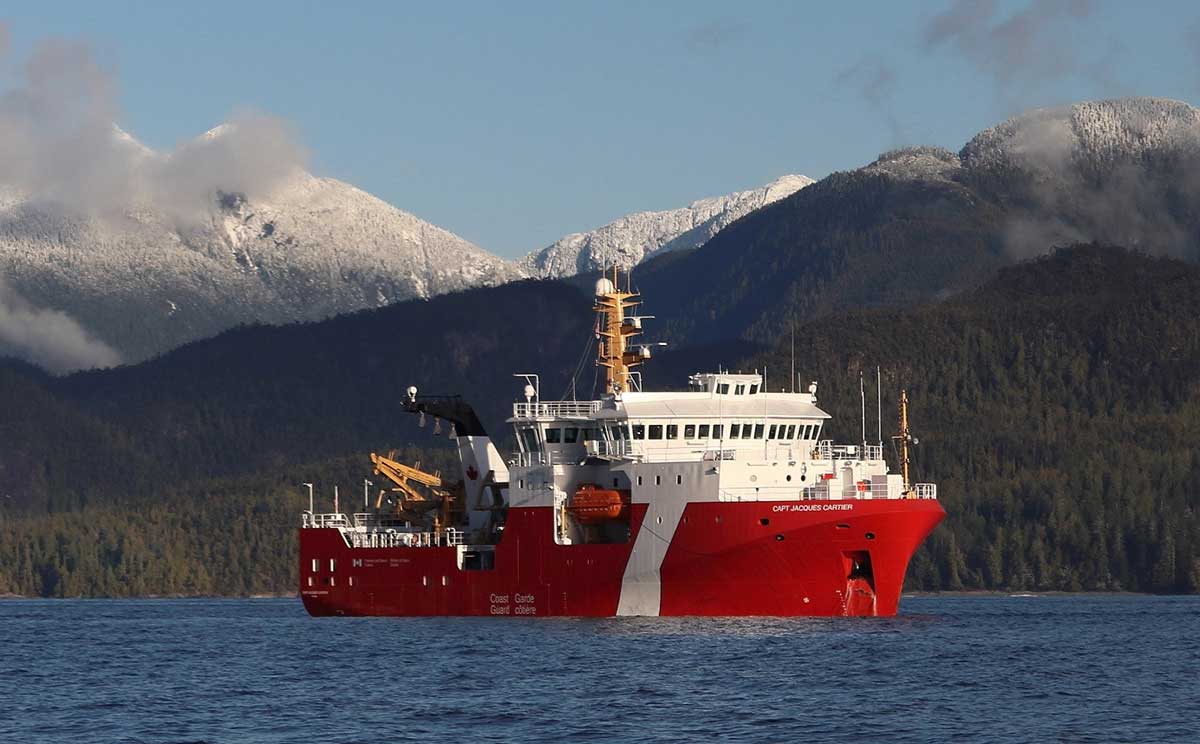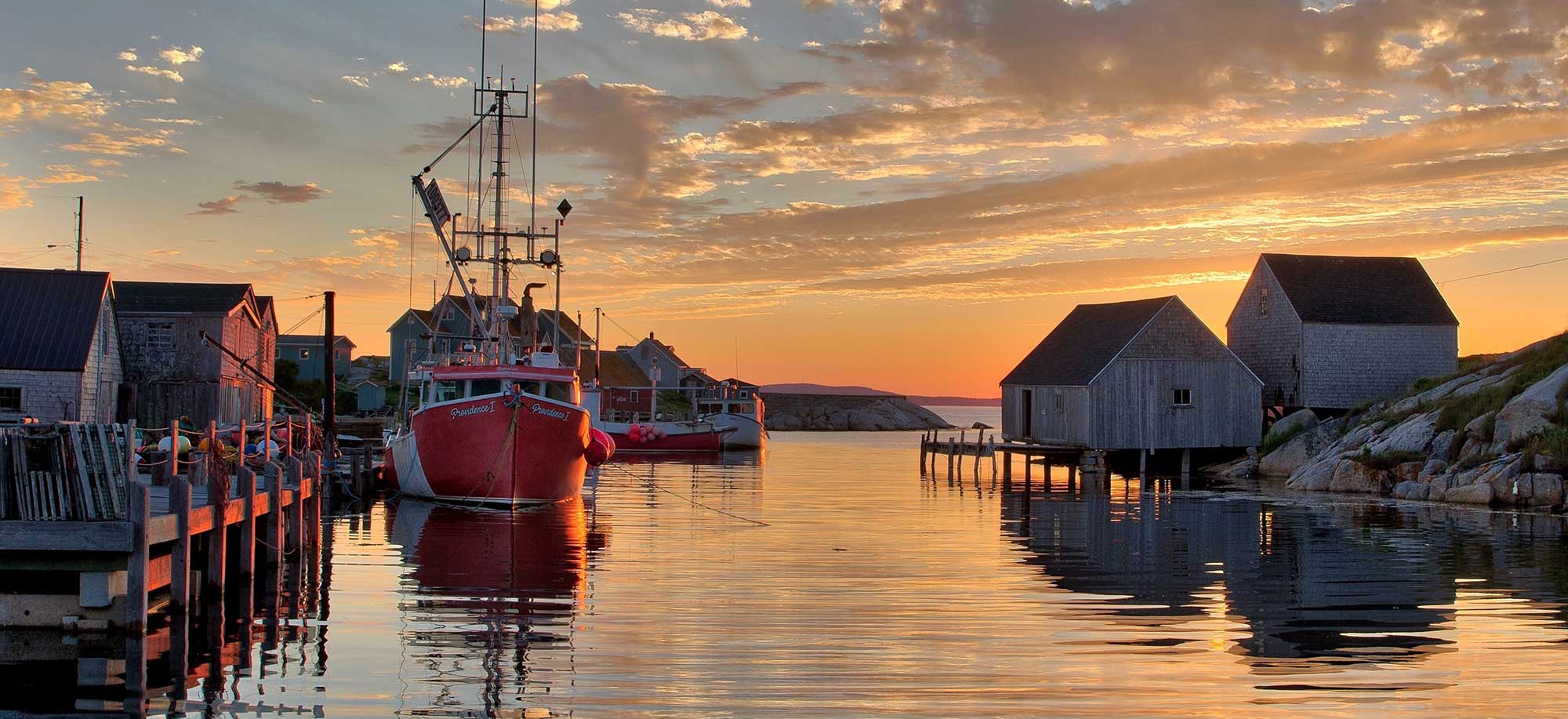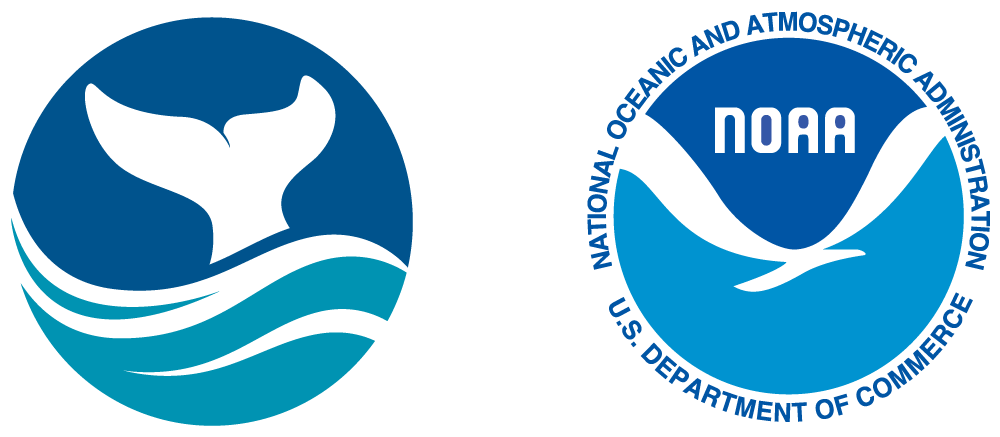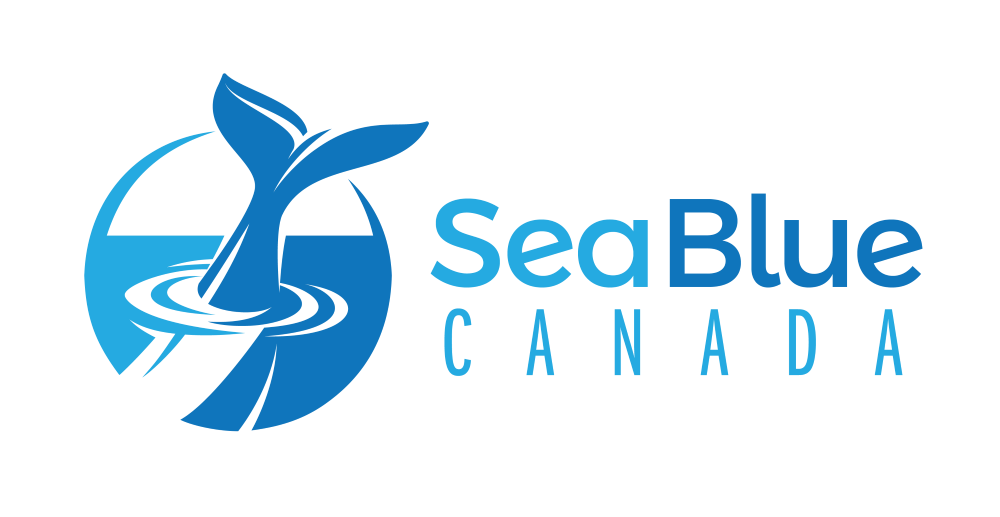Canada has an abundance of freshwater and marine and coastal areas that are ecologically diverse and economically significant. Fisheries and Oceans Canada and the Canadian Coast Guard work in over 400 locations across Canada to manage Canada’s fisheries and safeguard its waters by:

- Sustainably managing fisheries and aquaculture.
- Working with fishers, coastal and Indigenous communities to enable their continued prosperity from fish and seafood.
- Ensuring that Canada’s oceans and other aquatic ecosystems are protected from negative impacts.
- Ensuring commercial vessels and recreational boaters can safely navigate our waters.
- Being there to save lives and protect our environment when emergencies arise.
Marine Conservation
Canada’s oceans are rich and diverse—home to dynamic ecological features such as deep sea hydrothermal vents, aggregations of cold-water corals and sponges, underwater seamounts, essential habitats for endangered species such as whales and other cetaceans, fish stocks that support productive and sustainable fisheries, and other vital ecosystem supports. To date, Canada has conserved nearly 14 per cent of its oceans.
The Government of Canada is now committed to conserving 25 per cent of Canada’s land and oceans by 2025, and 30 per cent by 2030. Fisheries and Oceans Canada is working with provincial and territorial governments, Indigenous peoples, industry, environmental groups, and other interested Canadians to identify habitats, species or ecosystems that need protection through new marine protected areas, and other effective area-based conservation measures, such as marine refuges.
Effective marine conservation is about more than ambitious targets—it’s also about managing and monitoring our protected areas to ensure they are effective in meeting their conservation objectives, communicating their benefits to stakeholders and all Canadians, and making sure we adapt our management approaches to changing circumstances.
Marine Spatial Planning
Already employed in over 75 countries around the world, marine spatial planning will enable Canada to develop forward-looking plans for our ocean spaces to meet a range of ecological, economic, social and cultural needs.
Work has already begun on marine spatial planning across Canada. Discussions have started between federal, provincial, and Indigenous governments in a number of areas across Canada.
Find out more about marine spatial planning in Canada
Blue Economy Strategy
Through Fisheries and Oceans Canada, the federal government is developing an inclusive and sustainable strategy to create jobs in coastal communities, while ensuring healthy aquatic ecosystems and advancing reconciliation objectives.
Find out more about Canada’s Blue Economy Strategy
Oceans Protection Plan
The $1.5 billion Oceans Protection Plan is the largest investment ever made to protect Canada’s coasts and waterways. This national plan is creating a stronger marine safety system that provides economic opportunities for Canadians today, while protecting our coastlines and clean water for generations to come. This work is being done in close collaboration with Indigenous peoples, local stakeholders and coastal communities. Since the Oceans Protection Plan started in November 2016, over 50 initiatives have been announced in the areas of marine safety, research and ecosystem protection that span coast-to-coast-to-coast.
Find out more about the Oceans Protection Plan
Learn more about Fisheries and Oceans Canada



















